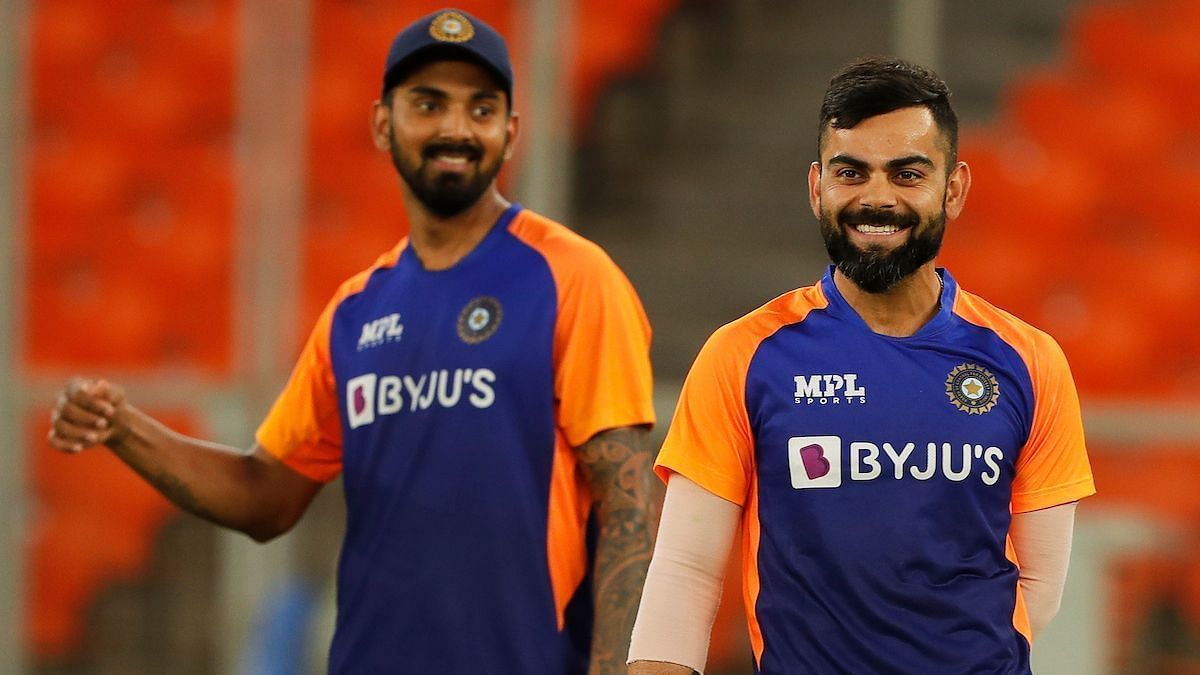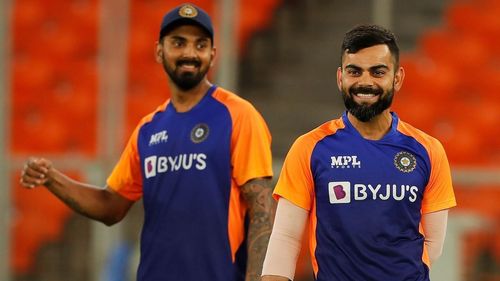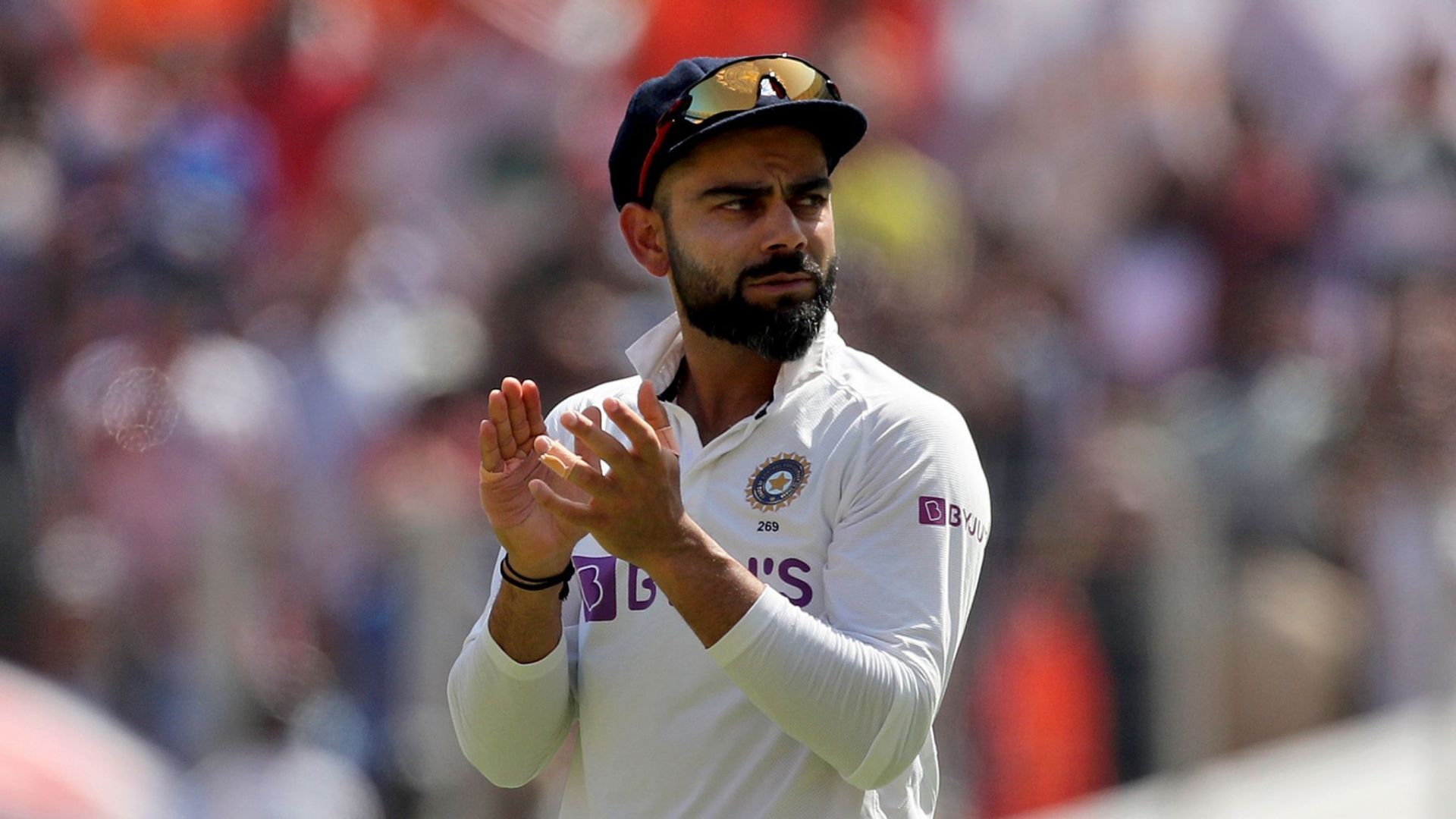
Readjusting to Virat Kohli, the non-captain

On 15 January 2017, Virat Kohli led the Indian Cricket Team in his first match as full-time limited-overs captain. Although attention was rightly on the new skipper and the way he would take on the new responsibility, MS Dhoni's figure loomed from behind the stumps. The decorated former skipper, who led the team for close to 10 years altogether, was still in the thick of things on the field.
Eyes were trained on Dhoni too, to observe how he would handle the change in stature. India's fielders and bowlers continued to look towards the former captain from time to time for his guidance that had helped steer the ship for so many years. The new captain, too, acknowledged the continuing importance of the senior cricketer on the field as a decision-maker in crunch situations.
Rather quickly, though, fans and the cricketing world alike got used to seeing Kohli in charge. Often the loudest personality on the cricket ground, the Delhi-born batter earned a reputation for his charged-up attitude, displays of aggression and animated expressions in response to events during the match. Cameras knew who to focus on to capture the emotion that the team was feeling in any situation. Fans got accustomed to seeing Kohli speaking at the post-match presentation ceremony.
Slowly but surely, the first name on the team sheet became No. 3. From that point until his retirement post the 2019 ICC ODI World Cup, Dhoni had to prove his worth, fielding questions about his strike rate, his runs and the emergence of youngsters who could take over. While he still had his legion of loyal fans, spurred on by Dhoni's continued success as Chennai Super Kings skipper in the Indian Premier League (IPL), life as non-captain was not easy for the senior player.
What about Kohli, then?
Virat Kohli was all-format captain for five years

On 15 January 2022 - five years to the day he first led India as all-format captain - Kohli found himself outside the upper echelons across the sport. What started with a resignation as Royal Challengers Bangalore captain, after a barren trophy cabinet in the IPL, snowballed into the current situation within a matter of months. While the 33-year-old's IPL captaincy had been under the scanner for years, he maintained a proud record as India captain, thus puzzling many with the timing of his resignations.
In the meantime, India did see different leaders - Ajinkya Rahane in a Test against New Zealand, Rohit Sharma in three T20Is against the same opposition, and KL Rahul in a Test against South Africa - to get a flavour of the new era of Indian cricket. None of these matches, however, had the former captain playing alongside the new leader.
In the ODI series against South Africa, starting this Wednesday, Kohli will be playing under KL Rahul for the first time. Cameras will likely pivot towards the animated former skipper, then swiftly remember that Rahul is the one whose expressions need to be captured. For the first time in five years, Kohli will be merely in a position to react to the game situation, but will have limited control over what happens next - who the ball is thrown to, who goes in to bat next, which fielder to bring close in to save a run.
In all likelihood, the modern-day great will take upon the new role with maturity. After all, he has a lot to contribute as a player, and it will be a delight if the lack of decision-making responsibility allows Kohli to rediscover his lost touch with the bat. With time, viewers will get accustomed to viewing his presence as that of a senior player guiding youngsters within the team, and Rahul will become the new face of the team. Until then, though, readjusting to Virat Kohli, the non-captain, will be a bit of a task.